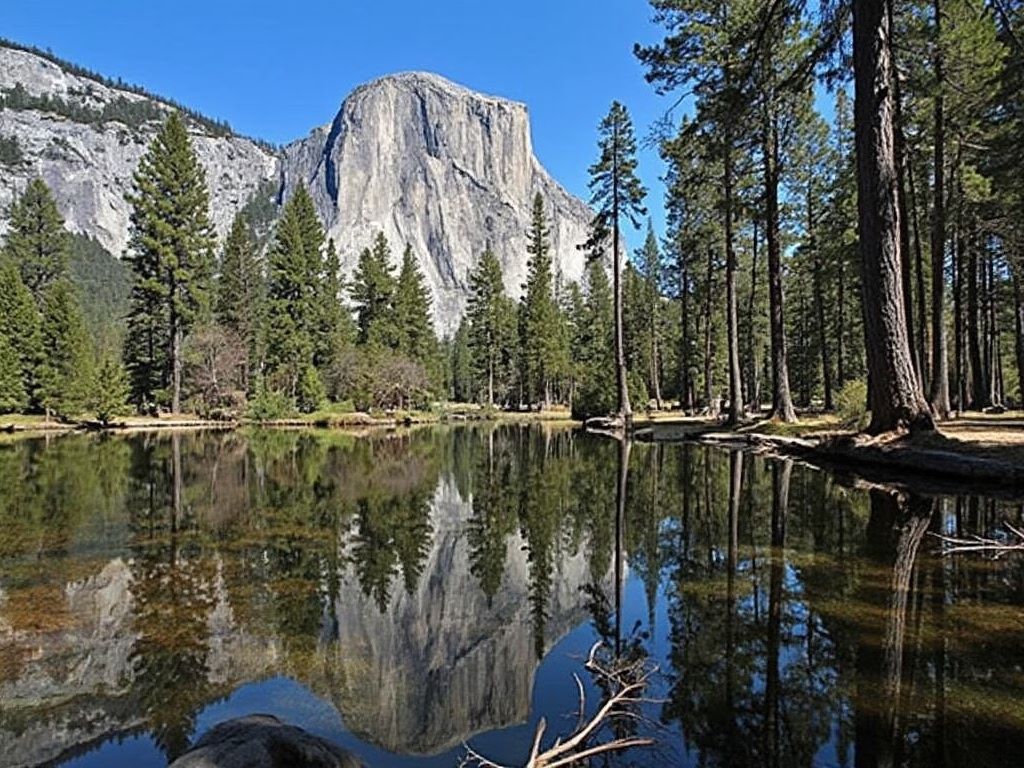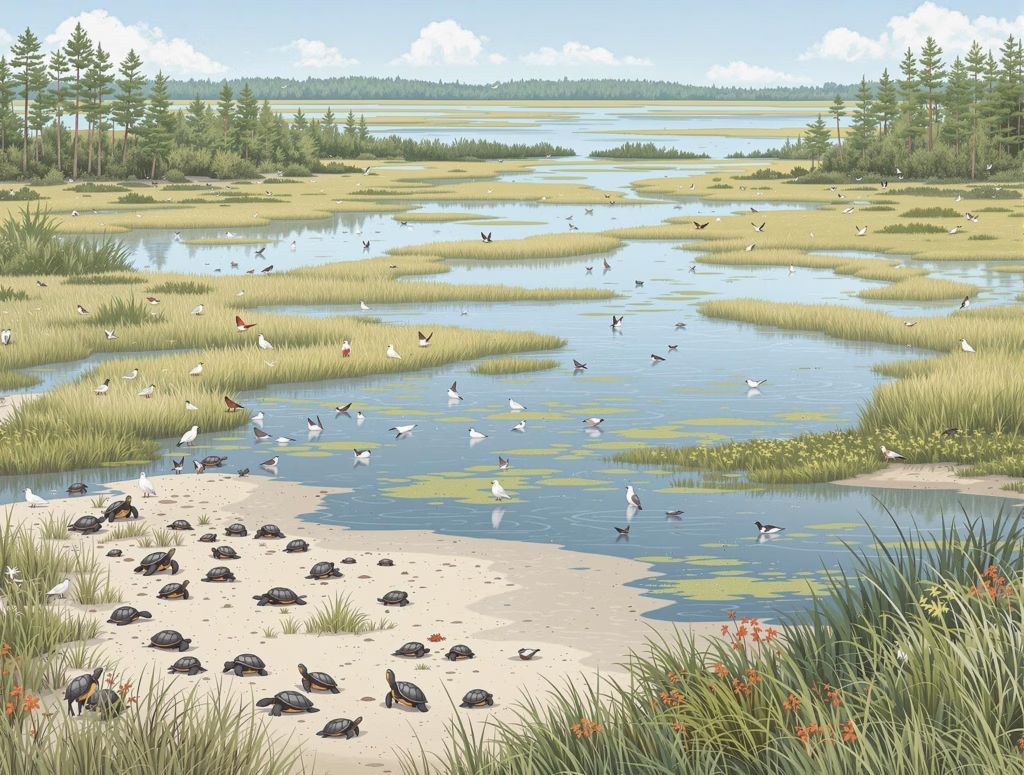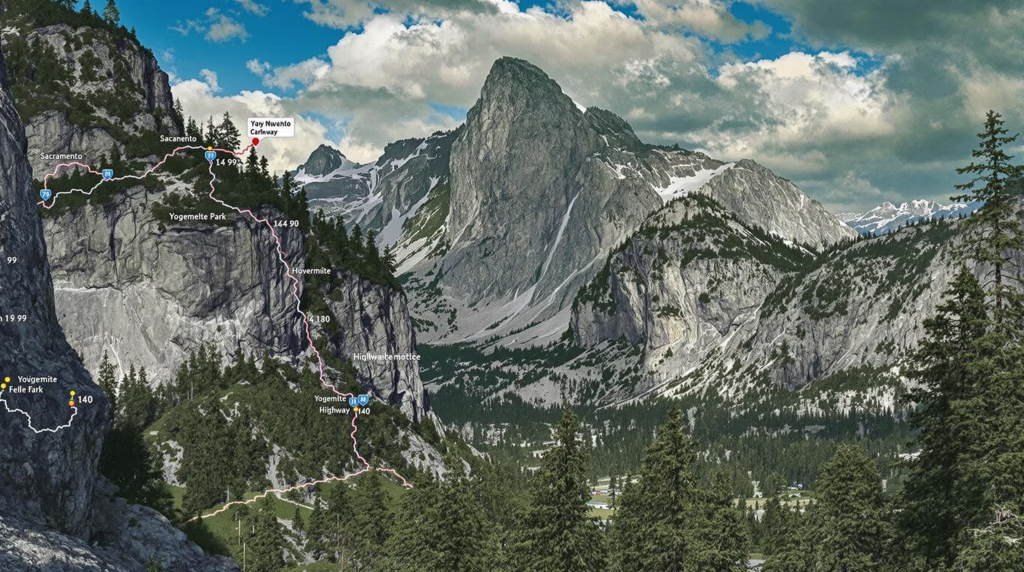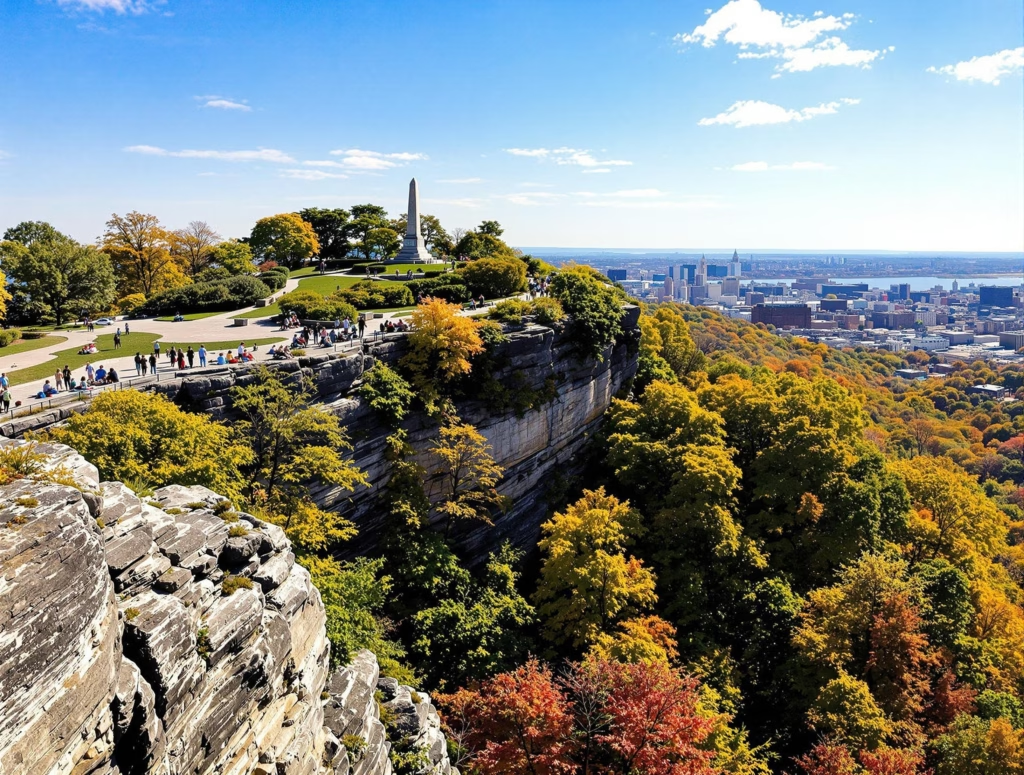Yosemite National Park, a crown jewel of America’s natural wonders, lies approximately 170-193 miles east of San Francisco, depending on the chosen route. This journey from the bustling city to the serene wilderness offers a striking transition through California’s diverse landscapes, culminating in the awe-inspiring vistas of the Sierra Nevada mountains.
Key Takeaways:
- The driving distance ranges from 170 to 193 miles, taking about 4 hours
- Multiple transportation options exist, including personal vehicle, public transit, and guided tours
- Three main routes provide access: Highways 120, 140, and 41
- Yosemite offers diverse attractions, from granite monoliths to giant sequoias
- Careful planning is essential for accommodations and seasonal considerations
A Journey Through Time and Space: From City to Wilderness
The transition from San Francisco’s urban landscape to Yosemite’s wilderness is a journey through both space and time. As you leave the city, you’ll watch the scenery transform from bustling streets to rolling hills, eventually giving way to the majestic Sierra Nevada foothills. This geographic progression mirrors the geological history of Yosemite itself, formed over millions of years by glacial action and tectonic uplift.
Yosemite’s cultural significance runs deep, from its earliest inhabitants, the Ahwahneechee people, to the preservation efforts of John Muir. Today, the park stands as a testament to the power of nature and the importance of conservation, drawing millions of visitors annually to witness its grandeur.
Charting Your Course: Transportation Options and Scenic Routes
When planning your trip to Yosemite, you have several transportation options to consider. Driving your personal vehicle or renting a car offers the most flexibility and control over your journey. However, for those preferring public transportation, there are alternatives:
- Bus services: Greyhound to Merced, then YARTS to Yosemite
- Train and bus combination: Amtrak to Merced, followed by YARTS
- Guided tours departing from San Francisco
Each route to Yosemite offers its own unique scenery and points of interest. Highway 120 (Big Oak Flat Entrance) is often the quickest, while Highway 140 (Arch Rock Entrance) provides a more gradual ascent. Highway 41 (South Entrance) passes through charming mountain towns and near the Mariposa Grove of Giant Sequoias.
When choosing your method of transportation, consider factors such as cost, duration, and how long you plan to spend in the park. Road conditions and seasonal considerations should also play a role in your decision-making process.
From Granite Monoliths to Giant Sequoias: Yosemite’s Natural Wonders
Yosemite National Park is home to an array of natural wonders that captivate visitors year-round. Some of the key attractions include:
- Yosemite Valley: The heart of the park, featuring iconic views of Half Dome and El Capitan
- Yosemite Falls: One of the tallest waterfalls in North America
- Glacier Point: Offering panoramic views of the valley and High Sierra
- Tuolumne Meadows: A vast subalpine meadow surrounded by granite domes
- Mariposa Grove: Home to over 500 mature giant sequoias
Each season in Yosemite brings its own unique charm. Spring showcases roaring waterfalls, summer offers the best accessibility to high country areas, fall paints the landscape in vibrant colors, and winter transforms the valley into a serene wonderland, complete with the famous “Firefall” phenomenon at Horsetail Fall.
Planning Your Yosemite Adventure: Itineraries, Accommodation, and Practicalities
The duration of your visit will greatly influence your itinerary. A day trip allows for a taste of Yosemite’s highlights, while a weekend or extended visit provides opportunities for deeper exploration and immersion in the park’s beauty.
Accommodation options range from luxurious in-park lodging like The Ahwahnee to more rustic options such as Curry Village. Nearby towns also offer a variety of lodging choices. For those seeking a more immersive experience, Yosemite boasts 13 campgrounds, though reservations are often necessary, especially during peak season.
When planning your visit, be aware of park entrance fees and consider purchasing an annual pass if you plan to visit multiple national parks. Don’t forget to familiarize yourself with wilderness permits, bear safety, and Leave No Trace principles to ensure a safe and responsible visit.
As you prepare for your journey from San Francisco to Yosemite, remember that the park’s wonders extend beyond the famous landmarks. Each visit offers the potential for new discoveries and unforgettable experiences in one of America’s most beloved natural treasures.
Sources:
Rome2rio
National Park Service
TripAdvisor
Dylan’s Tours
Hostelling International USA
Footpaths
Distance.to



